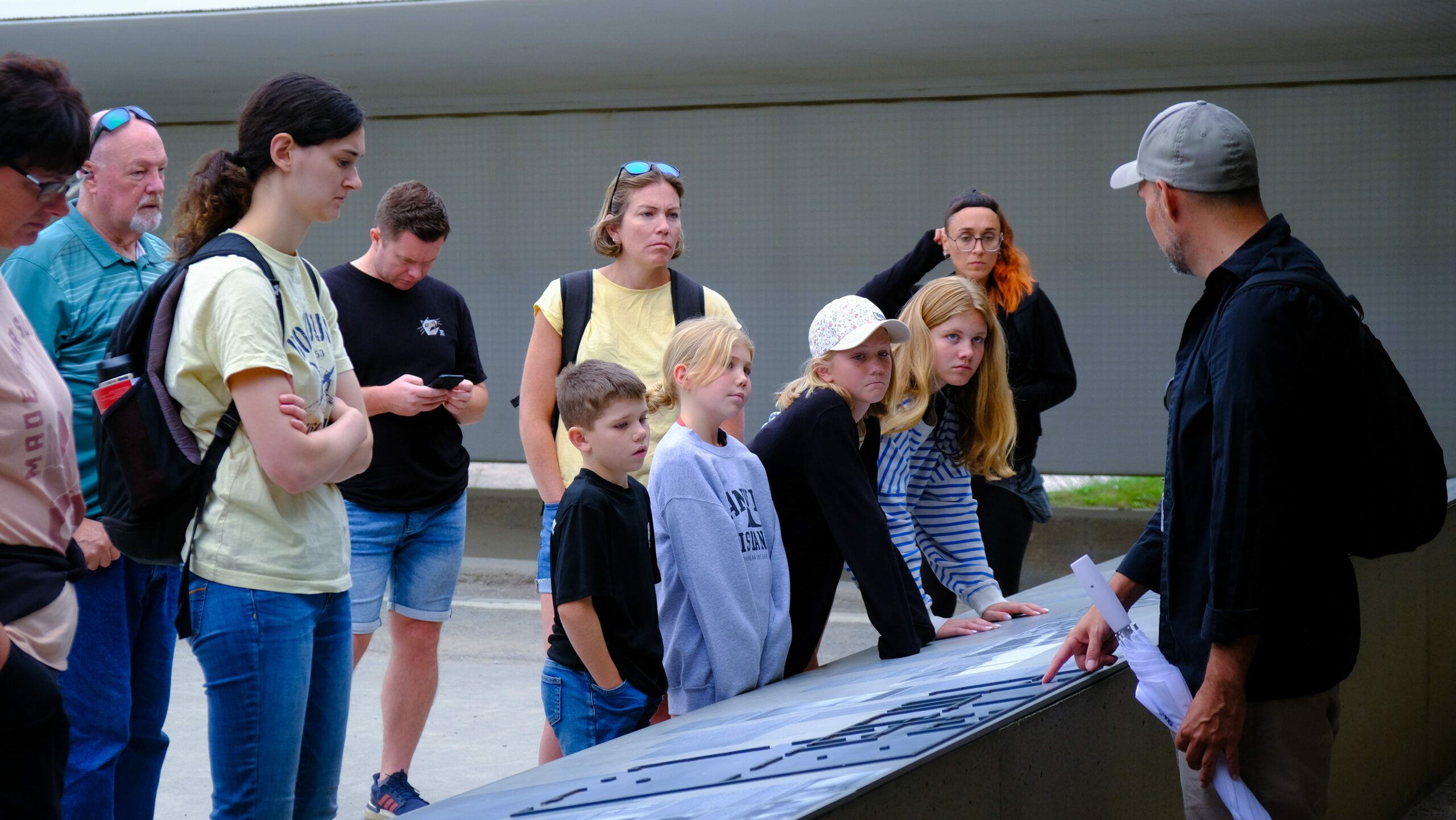Introduction
Berlin functions as Germany’s capital city where it presents visitors with historic attractions alongside impressive architectural beauty. The city of Berlin features various distinguished buildings spanning ancient history to modern-day architecture which present historical narratives and contemporary aspects. Read these next lines as we discuss the most well-known buildings in Berlin together with their historical development and architectural heritage.
The Brandenburg Gate
Berlin holds the Brandenburg Gate as its most recognizable emblem. Construction started in the late 18th century for its purpose as a city gate although now it acts as a symbol of peace synergizing German communities. Visitors flock to this neoclassical masterpiece to see its elaborate carvings and sculptures because it stands as a key attraction for tourists.
Tourists should witness the sunset view from the Brandenburg Gate while walking through Pariser Platz to shop at its nearby cafes and stores.
The Reichstag Building
The German Parliament resides at the Reichstag Building which has become a famous Berlin landmark. The historic structure has shown importance during crucial German historical events and it underwent substantial modernization in the 1990s after installing a new glass dome.
Exploring the political development of Germany and admiring panoramic Berlin views becomes possible when visitors book dome observation deck guided tours.
The Berlin Cathedral
Within Museum Island stands the Berlin Cathedral which manifests brilliant neo-Renaissance architectural characteristics. Berlin has an important religious and cultural symbol through this building because of its beautiful domes along with elaborate ornamental features.
People should walk beside the Spree River to watch the Berlin Cathedral during its distant appearance.
The Fernsehturm
The TV Tower operates as Berlin’s signature architectural element which rises above the city’s skyline. You can reach this observation area by climbing up 368 meters to discover magnificent city panoramas from its observation deck. Berlin demonstrates its power of recovery by having this forward-thinking building rise as a tribute to its ongoing success.
Buy your entrance tickets through the official website before visiting since the peak season brings extended lines.
The Holocaust Memorial
Physically located in Berlin the Holocaust Memorial remains officially known as the Memorial to the Murdered Jews of Europe while delivering a powerful experience to its visitors. The memorial takes up a considerable space with 2,711 concrete slabs that result in a maze structure intended to show the size of Holocaust atrocities.
Visiting the Information Centre near the memorial gives visitors extensive historical knowledge about its meaning.
The Potsdamer Platz
A dynamic hub that represents the vital center of Berlin stands as the Potsdamer Platz. This area marks Berlin’s success in regenerating its economy and development following the Berlin Wall’s collapse. The area represents a lively gathering point that combines modern sky-high buildings with shopping complexes and entertainment destinations.
Experience the unusual Sony Center architectural marvel and view movies at the IMAX theater situated at Potsdamer Platz.
The Charlottenburg Palace
As the biggest palace in Berlin the Charlottenburg Palace showcases perfect examples of baroque and rococo architectural styles. Stroll through luxurious rooms inside the palace and afterward investigate the royal Prussian history of Potsdamer Platz and enjoy its gorgeous gardens.
The magnificent Christmas market at the palace grounds becomes available when you decide to visit during December.
Conclusion
Berlin showcases its prosperous past together with its evolving present through well-known reputable structures. These landmarks with their architectural magnificence and historical value should be included on any journey to visit the city. Berlin presents many experiences which suit all curiosity levels about history culture and magnificent building architecture. Devote your time to planning a visit and submerge yourself among Berlin’s lively environment to witness the remarkable displays of these famous landmarks.
Table of Contents

